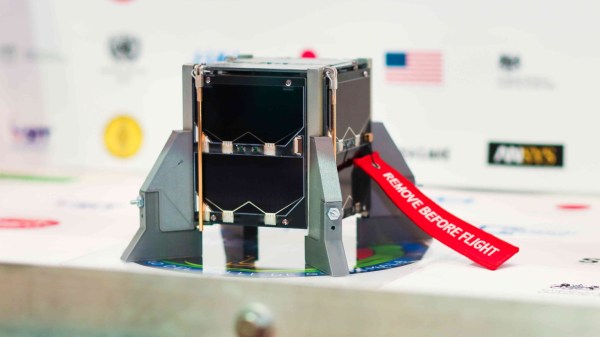Mechanical keyboards are muchly adored things. For many of us, they take us back to that loud clickity-clack that was so common before consumer keyboards went to membrane switches. For others, it’s just for the pure joy of the finger-powered symphony. The solenoid edition of the Red Herring keyboard from [Ming-Gih Lam] understands the beauty of this sound intimately. It can be nearly silent if you so desire, or it can clack away with the best of them (via Hackster.io).
It all comes down to the switches used in the design. [Lam] selected the Silent Alpacas from Durock, noted for their quiet operation, particularly when lubricated. You get just a faint slide-and-click noise from the keyboard under regular use.
The joy of the solenoid edition is in, you guessed it, the solenoid. It fires away with every keypress when enabled, creating a sound more akin to a real typewriter than any mechanical keyboard we’ve ever heard. Click-clack fans will love it, while those with sensitive ears will scream at any cube neighbours that dare to buy one and switch it on.
Files are available on Github for the curious. We’ve seen some other great keyboards over the years, like this nifty split-board design. Video after the break.
Continue reading “Solenoid Keyboard Sounds Very Much Like A Typewriter”























